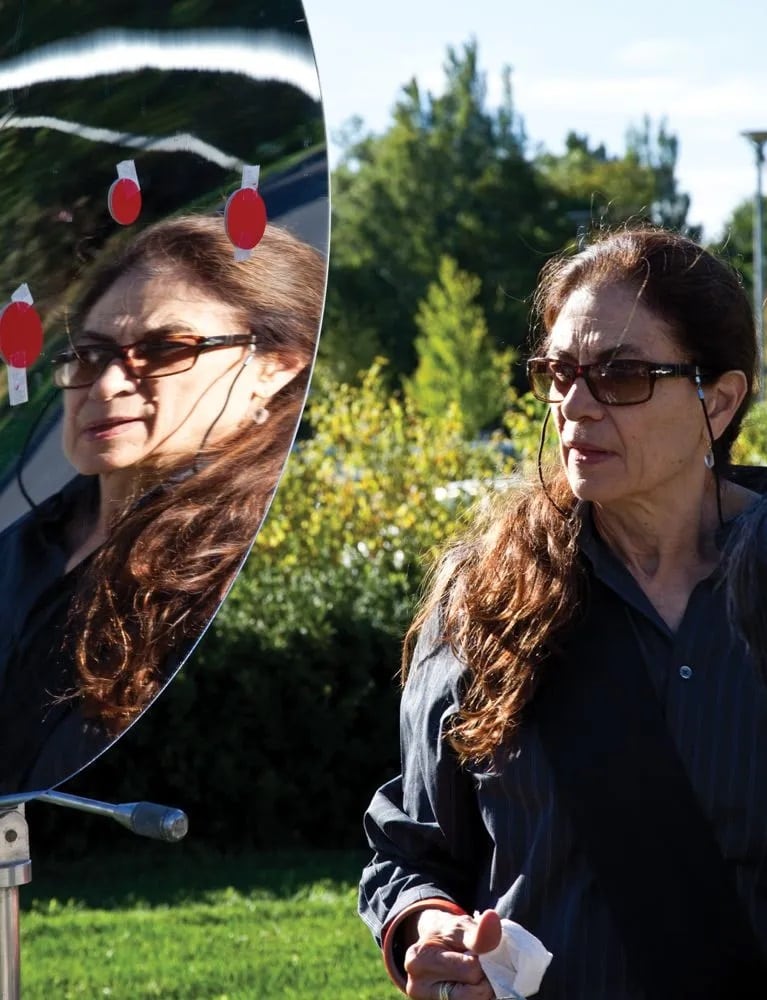
Pioneering public artist Mary Miss unveiled FLOW: Can You See the River? in Indianapolis, the first in the artist’s City as Living Laboratory (CaLL) series of projects that combine art and environmentalism to raise public awareness about issues of sustainability
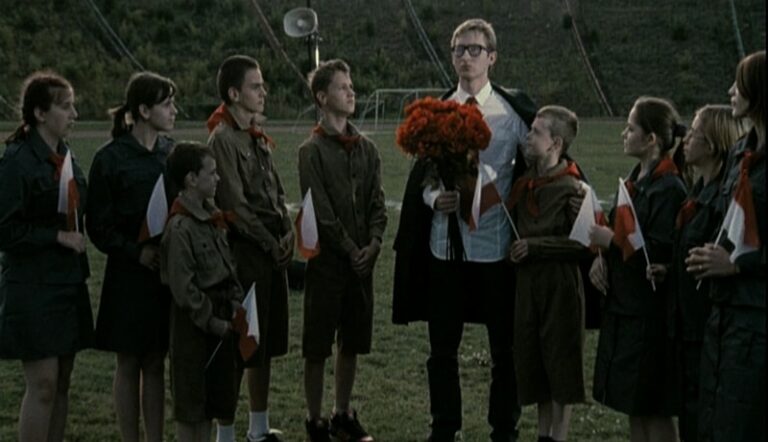
Yael Bartana infuses all her works with tensions and contradictions, blending fact and fiction, past and present to question cultural definitions of nationhood and identity. These issues play out in an epic style that draws from traditional documentary, socialist-realist propaganda and the artist’s self-scripted narratives.
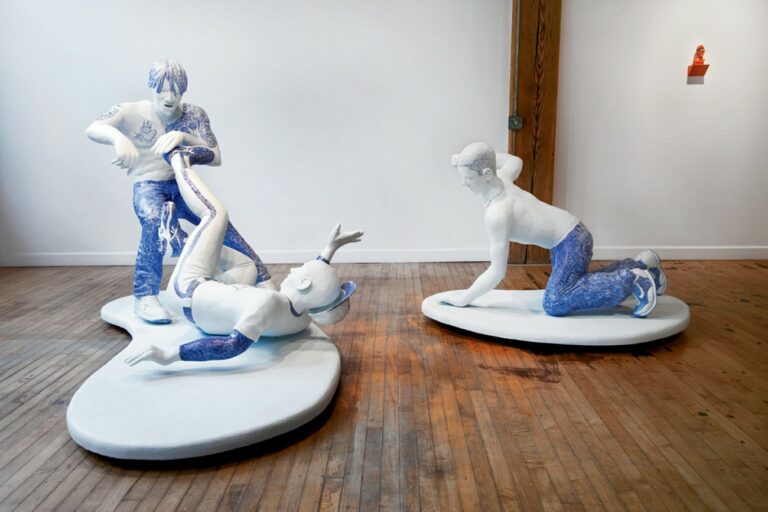
Claes Oldenburg’s statement “I am for an art that imitates the human, that is comic . . . or violent, or whatever is necessary” can readily be applied to the art of Ben Stone, whose six recent works explore pathos in contemporary American life, particularly as manifested by tragi-comic characters in his native Chicago.
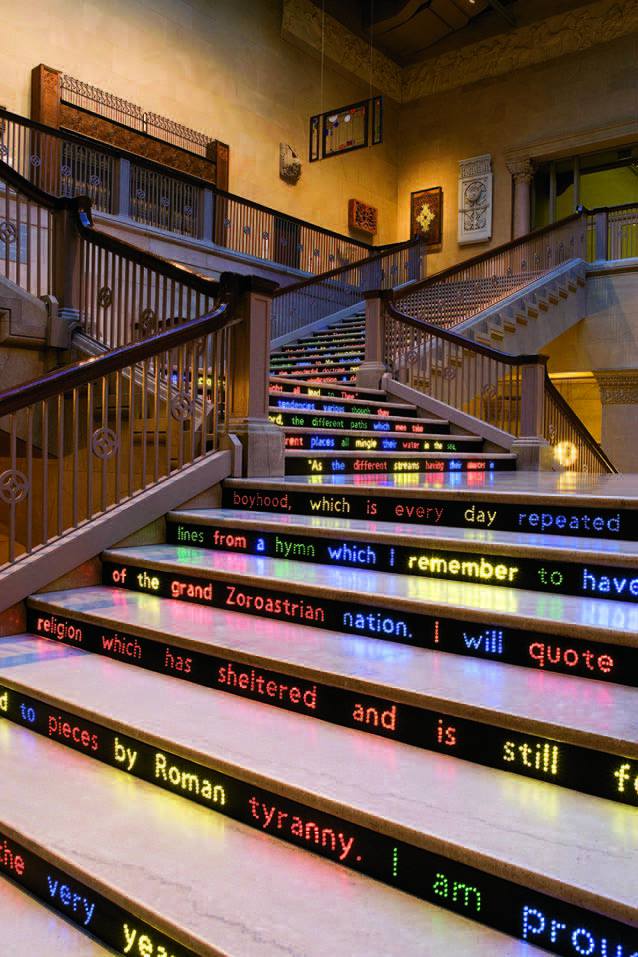
Public Notice 3, a text-based installation conceived for the Grand Staircase of the Art Institute of Chicago by Jitish Kallat, is truly monumental in aim. The site-specific work engages the historical and cultural conditions of its locale, connecting past and present in a powerful statement about religious tolerance and fanaticism.
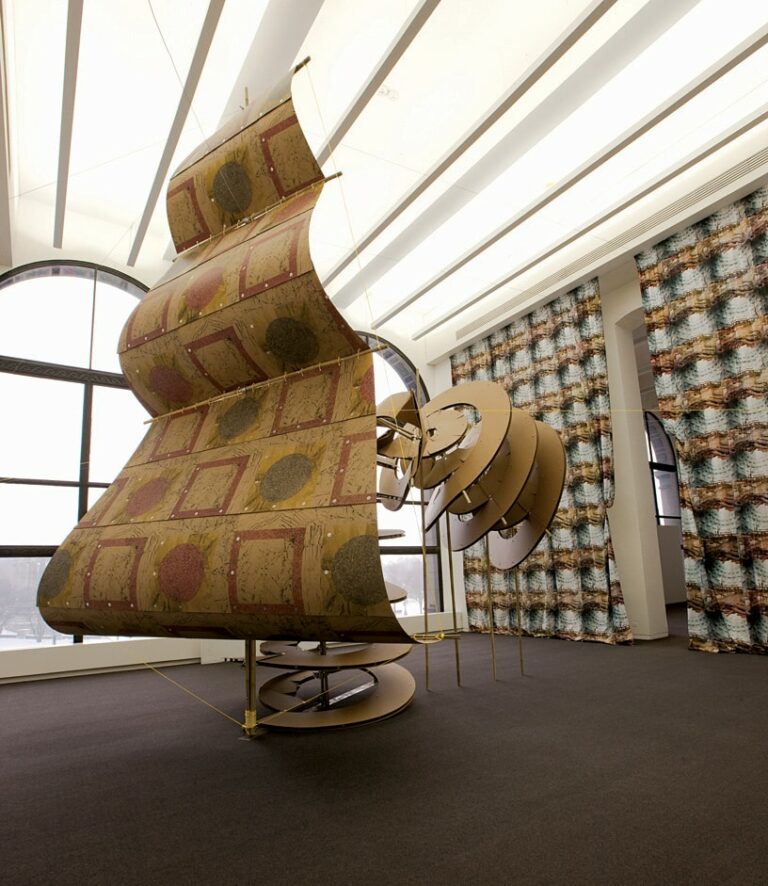
Christine Tarkowski set out to construct her own system of belief in “Last Things Will Be First and First Things Will Be Last,” the 42-year-old’s largest, most ambitious exhibition to date.
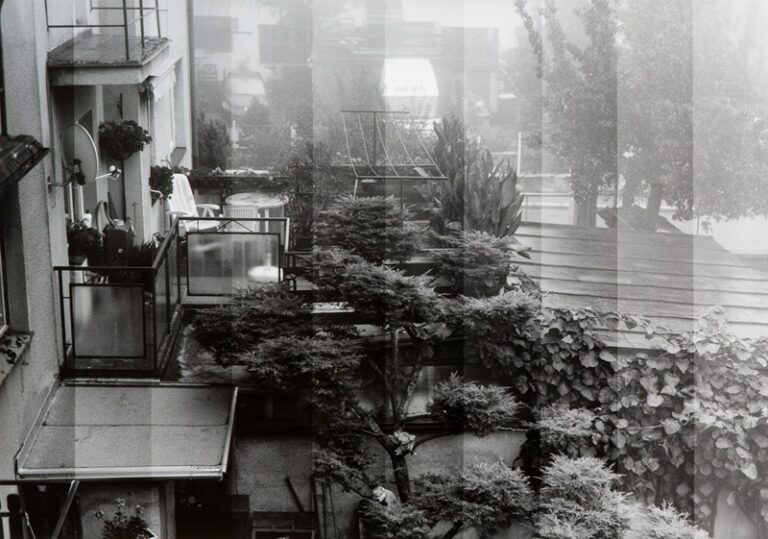
Despite the art historical links suggested, the exhibition 50% Grey: Contemporary Czech Photography Reconsiderd is not a portrait of national identity. Rather the exhibition places current Czech photography between past and present, as a means for engaging both artist and viewer in zones of productive flux.
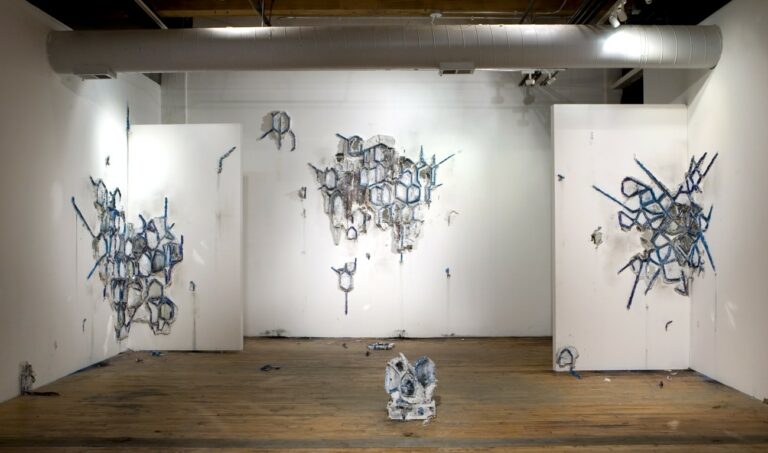
Chicago-based Armita Raafat performs an archeology of memory in evocative mixed-medium installations that draw on architectural motifs from Iran, the country of her familial roots.
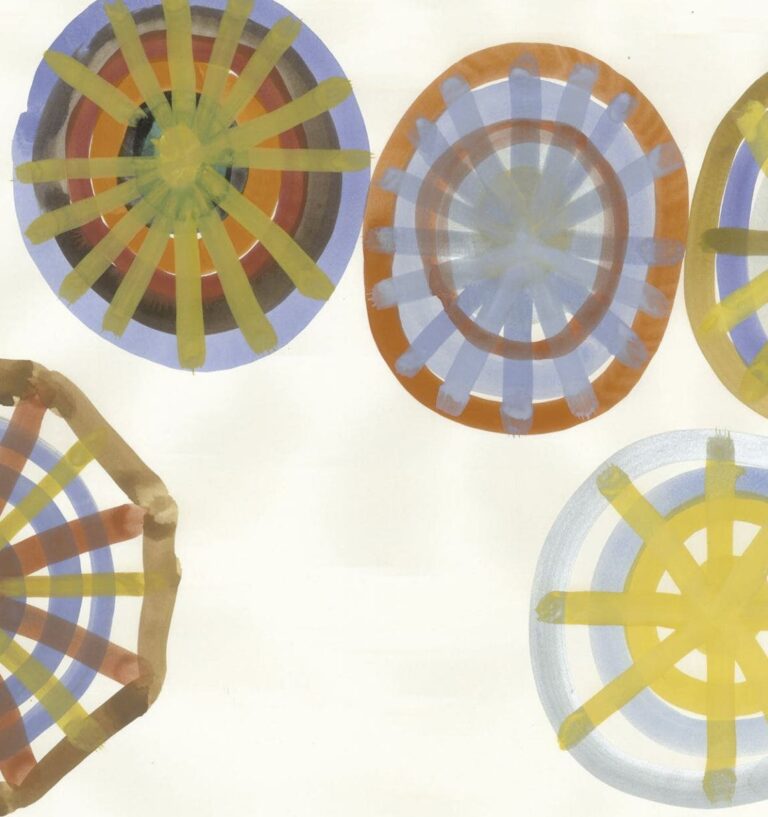
Like Robert Smithson's Spiral Jetty, Deborah Boardman's generous art looks to the self-governing forces of nature creating synergies between human experience and natural phenomena.
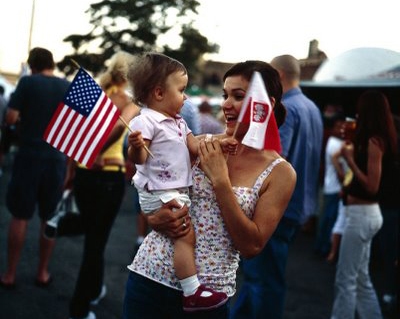
The forty photographs that comprised Allan Sekula's exhibition Polonia and Other Fables explore aspects of Polish identity that lie somewhere between reality and myth, between Poland and the Polish diaspora.
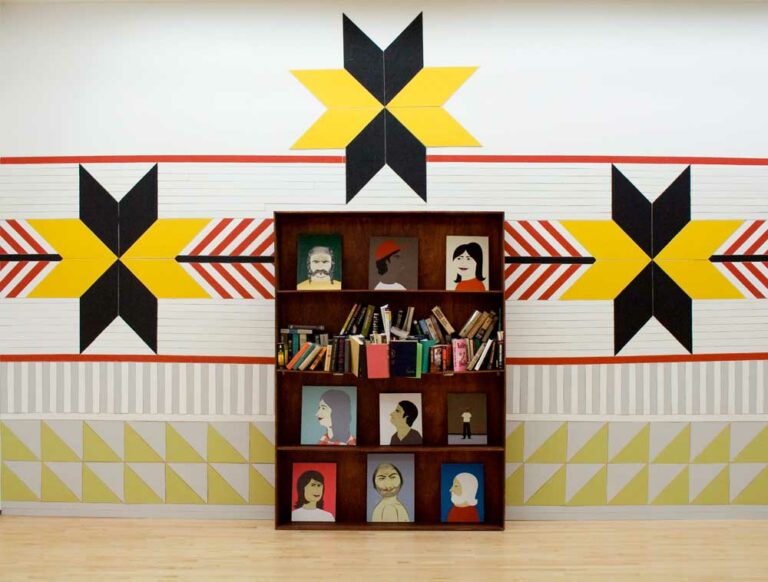
San Francisco-based artist, filmmaker and musician Clare E. Rojas spins allegorical tales in intimate paintings, large-scale murals and installations. Deriving motifs from quilts, Russian nesting dolls and Native American art, these works combine geometric patterns, personal iconography and folkloric tableaux.
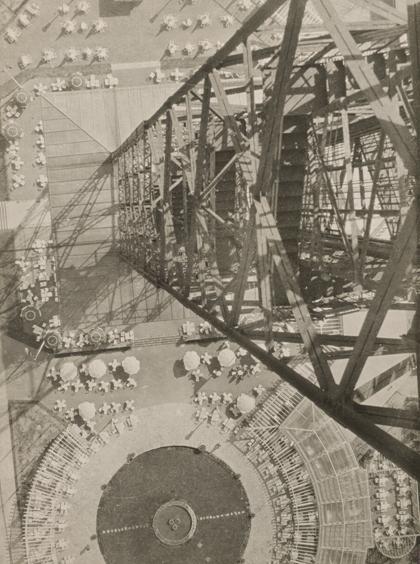
Captured throughout the exhibition is the dual sense of hope and despair that infused these countries during the interwar period, as is the political and social upheaval that spawned artists to craft a new vision for Europe.
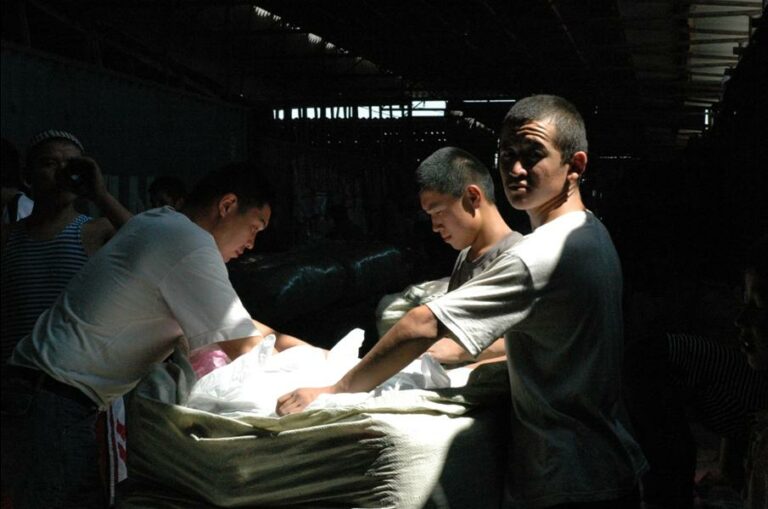
In the photographs and video installations of Gulnara Kasmalieva and Muratbek Djumaliev, the diversity of Kyrgyz identity is examined against the backdrop of a complex, layered history that includes nomadic traditions based in pastoralism followed by centuries of colonist rule.











